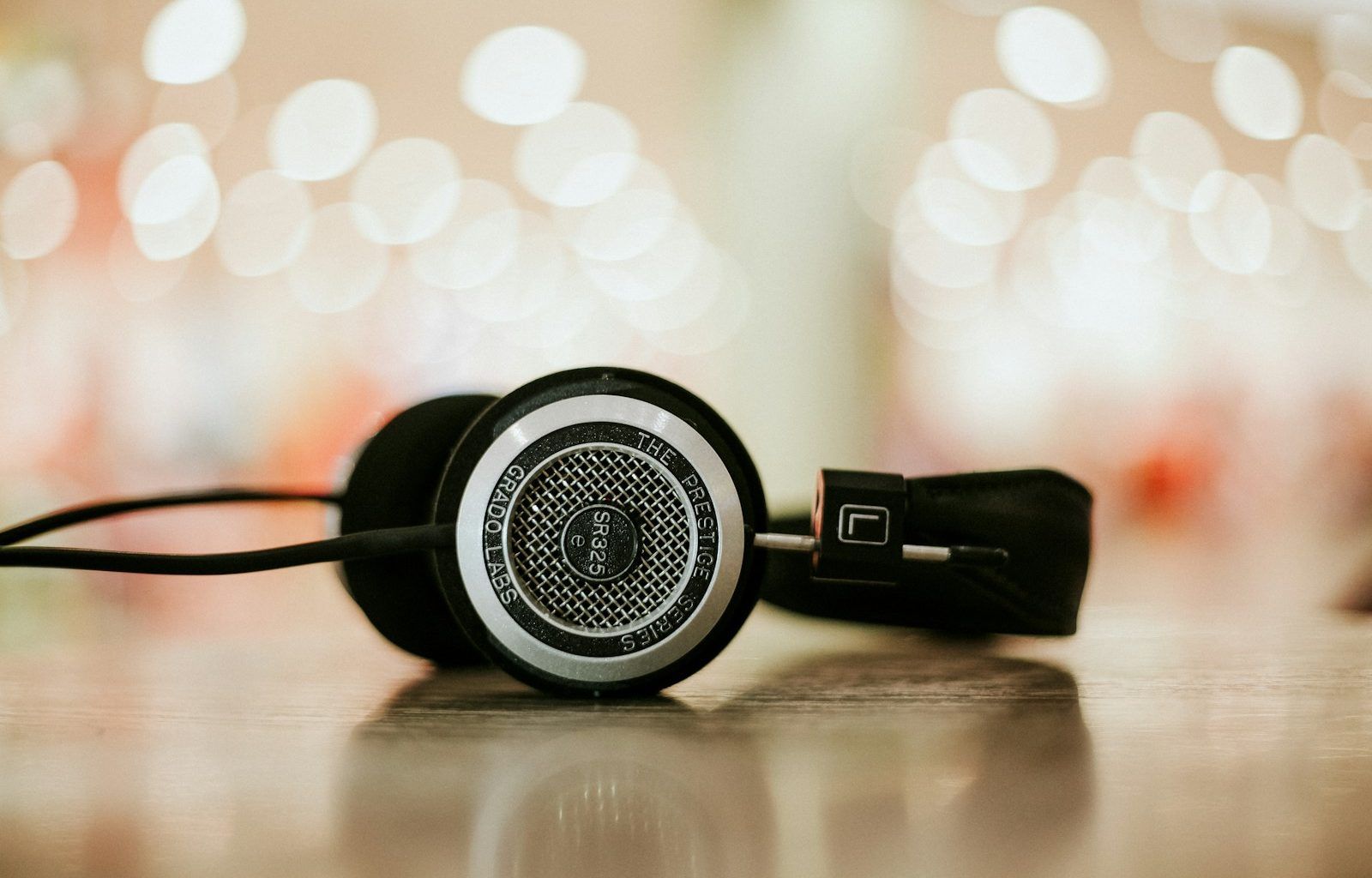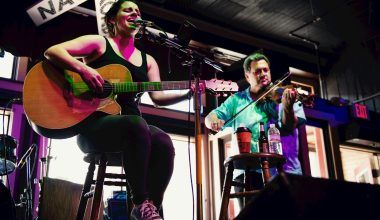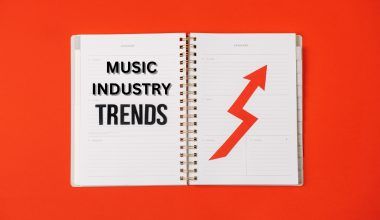If you’ve ever looked at sheet music or music theory books, you’ve probably come across some confusing letters, symbols, or shorthand terms. These are music abbreviation, and they exist to make music easier to write and understand. But if you’re not familiar with them, they can feel like a secret language that only experienced musicians understand. Don’t worry—once you get the hang of them, these abbreviations can save you a lot of time and effort.
Music abbreviations come in many forms. They can be letters, symbols, or even shortened words that convey essential instructions or details about the music. Whether you’re a beginner or a seasoned musician, learning these shortcuts can help you read, write, and communicate about music more effectively.
Why Are Music Abbreviation Important?
Music is a universal language, but it can be complex. To make it easier to share and play music across the world, musicians use abbreviations as a shorthand. This helps reduce clutter on sheet music and allows players to focus on the performance instead of deciphering long instructions.
Imagine trying to fit every single instruction on a single sheet of music without abbreviations. It would be overwhelming! Abbreviations keep things neat and organized. Plus, once you understand them, you can quickly grasp what the composer wants without needing a detailed explanation.
Common Music Abbreviations and Their Meanings
Let’s dive into some of the most common music abbreviations you’ll encounter. We’ll break them down so they’re easy to understand.
Tempo Markings
Tempo tells you how fast or slow a piece of music should be played. Here are some common abbreviations:
- BPM: Beats per minute. This tells you the exact number of beats to play in a minute. For example, 120 BPM means 120 beats every minute.
- Largo: Play slowly and broadly.
- Allegro: A fast, lively tempo.
- Adagio: A slow and stately tempo.
- Moderato: Play at a moderate speed.
Knowing these terms can make it much easier to set the right mood and pace for your performance.
Dynamics
Dynamics refer to the volume of the music. Here are some abbreviations you’ll often see:
- pp (pianissimo): Very soft.
- p (piano): Soft.
- mf (mezzo-forte): Moderately loud.
- f (forte): Loud.
- ff (fortissimo): Very loud.
These dynamic markings tell you how expressive or intense your playing should be, which is crucial for creating an emotional connection with the audience.
Symbols That Serve as Abbreviations
Besides letters, many symbols act as abbreviations in music. For example:
- A treble clef or bass clef symbol indicates the pitch range of the notes.
- A sharp (#) raises a note by a half step.
- A flat (b) lowers a note by a half step.
- A natural (♮) cancels out sharps or flats.
These symbols may look small, but they carry a lot of meaning. Understanding them will help you play the correct notes.
Abbreviations in Instrumental Music
Different instruments have their own sets of abbreviations. For example:
- Pizz.: For string players, this means pluck the strings instead of bowing them.
- Arco: Resume using the bow after playing pizzicato.
- Sfz (sforzando): Play with sudden emphasis.
If you’re learning a specific instrument, it’s a good idea to familiarize yourself with abbreviations commonly used for that instrument.
Music Abbreviations in Modern Contexts
In today’s digital age, music abbreviations aren’t limited to classical sheet music. You’ll also encounter them in:
- DAWs (Digital Audio Workstations): Programs like Ableton or Logic Pro use abbreviations to label tracks, effects, and settings.
- Music Genres: Abbreviations like EDM (Electronic Dance Music) or R&B (Rhythm and Blues) are common.
- Chords: In chord charts, abbreviations like Cmaj7 (C major 7th) or G7 (G dominant 7th) help musicians quickly understand what to play.
Tips for Learning Music Abbreviations
Feeling overwhelmed? Here are some tips to make learning music abbreviations easier:
- Start Small: Focus on a few essential abbreviations at a time. For example, learn the tempo and dynamic markings first.
- Practice Regularly: The more you play and read music, the more familiar you’ll become with these abbreviations.
- Use Flashcards: Create flashcards with abbreviations on one side and their meanings on the other. This is a fun and interactive way to study.
- Refer to a Glossary: Keep a glossary or chart of common abbreviations handy while practicing.
- Ask for Help: If you’re unsure about an abbreviation, ask a teacher or fellow musician. They’ll be happy to help!
How Music Abbreviation Bring Musicians Together
One of the most beautiful aspects of music abbreviations is how they create a common language. No matter where you’re from or what instrument you play, these shortcuts allow musicians to communicate seamlessly. It’s like having a secret code that only musicians understand.
Imagine playing in an orchestra where the conductor uses abbreviations to guide you. These shortcuts ensure everyone stays on the same page, leading to a harmonious performance.
Wrapping Up
Music abbreviation may seem intimidating at first, but they’re incredibly useful. They simplify complex instructions, save space, and help musicians worldwide connect through a shared understanding.
By taking the time to learn and practice these abbreviations, you’ll not only become a better musician but also gain a deeper appreciation for the universal language of music. So, the next time you see a puzzling symbol or term on your sheet music, embrace it as an opportunity to grow and learn!
For further reading, explore these related articles:
For additional resources on music marketing and distribution, visit DMT Records Private Limited.






